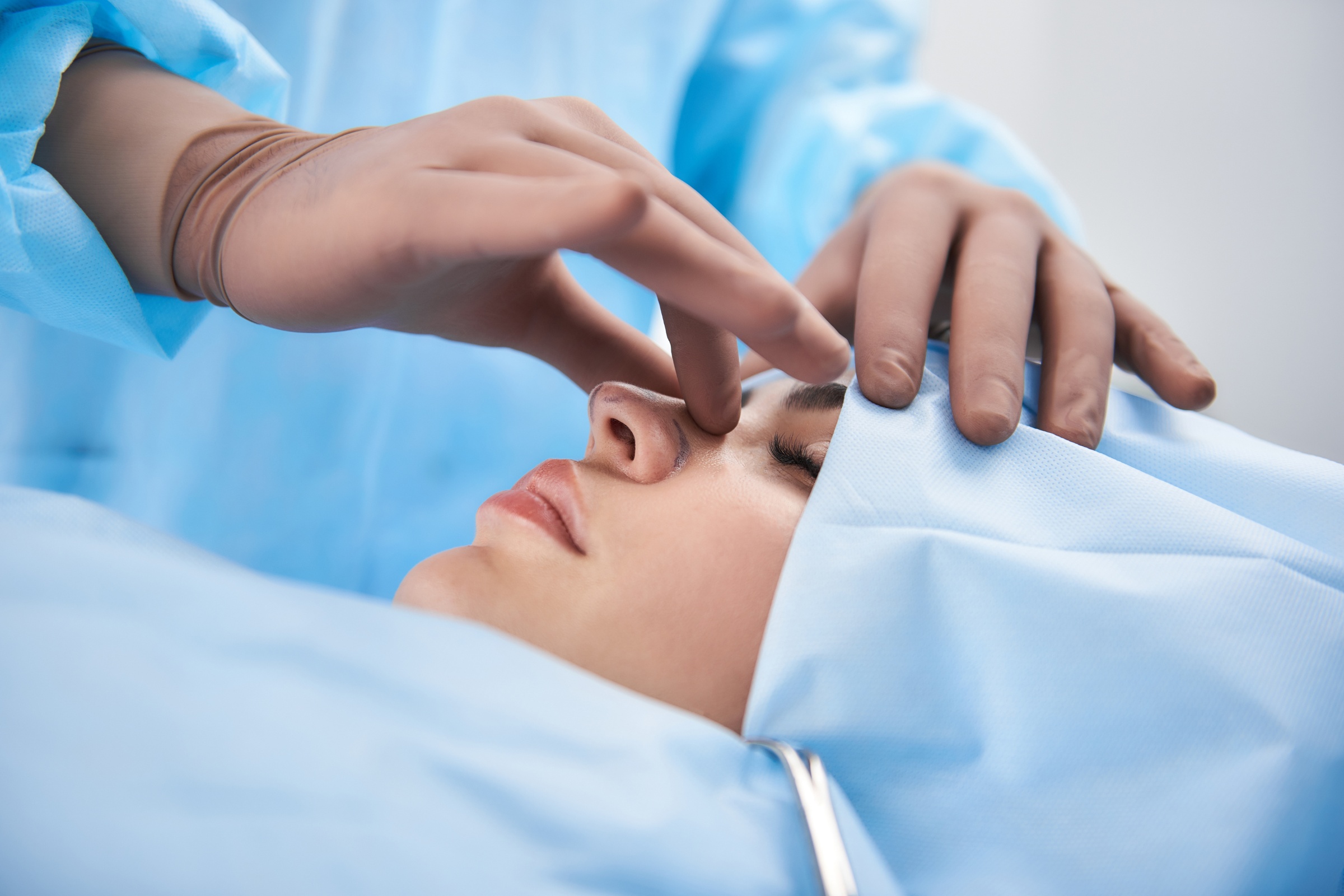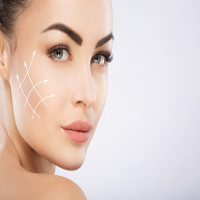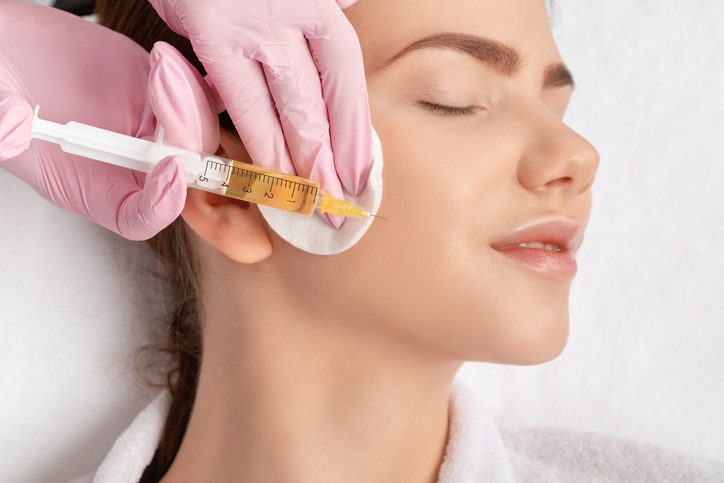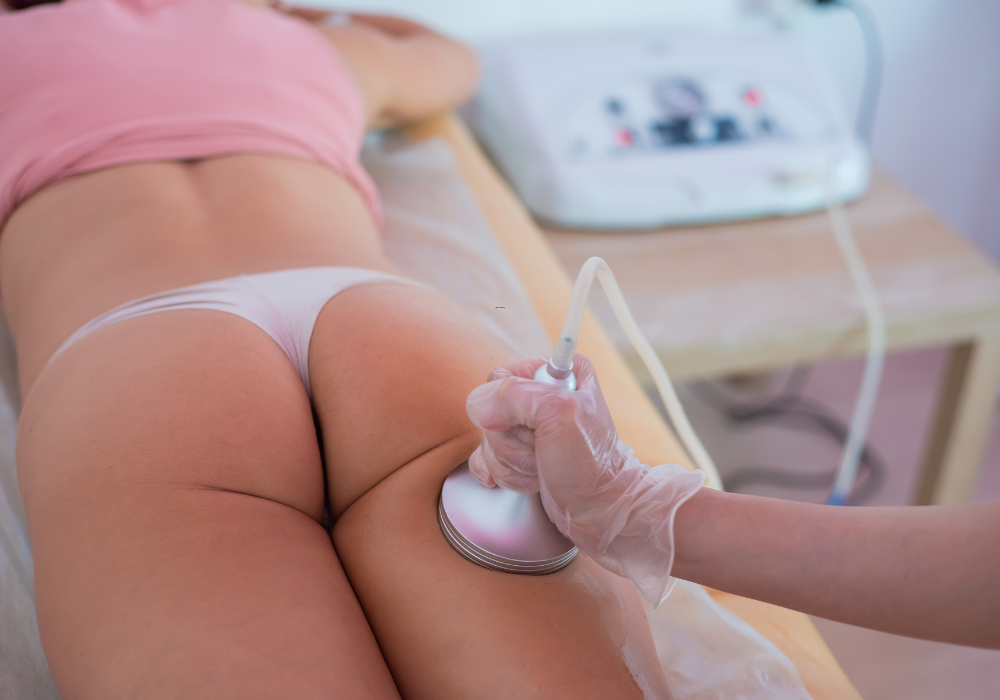What’s the Downtime for Rhinoplasty With PRP?

Rhinoplasty is a transformative cosmetic procedure designed to reshape the nose for either functional improvement or aesthetic refinement. When combined with Platelet-Rich Plasma (PRP), this advanced approach enhances recovery and boosts tissue regeneration by utilizing the body’s own healing properties. While traditional rhinoplasty can involve considerable downtime, incorporating PRP into the process may significantly reduce swelling, bruising, and healing duration. Patients increasingly seek a faster recovery without compromising on results—making this combination a powerful choice. For those considering a more advanced and regenerative method, Rhinoplasty Dubai clinics now offer this cutting-edge technique tailored to your needs.
Understanding the Rhinoplasty and PRP Combination
Rhinoplasty on its own is a surgical procedure where the nasal bone and cartilage are reshaped or adjusted. Traditionally, the post-operative healing process includes swelling, bruising, and a recovery period that can extend for weeks. However, when PRP is integrated into the surgical plan, it enhances the body’s natural healing mechanisms.
PRP is derived from a small amount of the patient’s own blood, which is processed to concentrate the platelets. These platelets are rich in growth factors that stimulate tissue repair and regeneration. When introduced during or after rhinoplasty, PRP accelerates cell renewal, reduces inflammation, and supports collagen production—ultimately minimizing the duration and intensity of the healing phase.
What Is the Typical Downtime for Rhinoplasty With PRP?
The average downtime for a standard rhinoplasty procedure ranges from 10 to 14 days. However, when PRP is included in the recovery protocol, many patients report noticeable improvements in healing within the first week.
With PRP-assisted rhinoplasty, swelling and bruising tend to subside more rapidly, and tissue recovery occurs at a faster pace. Most patients are able to return to non-strenuous daily activities within 7–10 days, although complete internal healing still requires several weeks.
It’s important to understand that while external signs of recovery such as swelling diminish faster with PRP, the internal remodeling of nasal structures remains a gradual process. Nonetheless, the integration of PRP ensures a smoother, less discomforting transition throughout the recovery timeline.
Doctor’s Approach to PRP in Rhinoplasty
A skilled cosmetic surgeon customizes the approach by strategically incorporating PRP at different stages of the rhinoplasty process. This may include:
Intraoperative Application: PRP is applied during the surgery directly to the dissected and adjusted nasal tissues. This reduces trauma response and begins cellular regeneration immediately.
Postoperative Injections: Some practitioners offer targeted PRP injections into the surrounding areas during follow-up appointments to continue supporting tissue regeneration and reduce lingering swelling.
The precision and expertise of the doctor play a pivotal role in the effectiveness of PRP integration. A methodical technique ensures that the PRP is placed in areas that will benefit most, such as soft tissues around the nasal bridge and tip.
How PRP Enhances Recovery
PRP contributes to the healing process in several scientifically validated ways:
Accelerated Tissue Regeneration: Growth factors within PRP stimulate fibroblast and collagen activity, essential for tissue repair.
Reduced Inflammation: Anti-inflammatory properties of PRP help to reduce swelling and minimize the typical discomfort associated with surgery.
Improved Circulation: PRP promotes microvascular growth, enhancing oxygen and nutrient delivery to the treated area.
Minimized Bruising: Faster blood vessel repair leads to a quicker fade of bruising around the nose and under-eye areas.
This multi-faceted support means that patients experience a noticeable reduction in the visual and physical symptoms of recovery.
Week-by-Week Recovery Timeline with PRP
Here’s a general overview of what patients can expect post-surgery when PRP is used:
Week 1: Immediate Recovery
Mild to moderate swelling and bruising.
Nasal splint may be worn.
Discomfort is significantly reduced due to PRP.
Many patients return to light tasks and work-from-home setups.
Week 2: Noticeable Healing
Bruising begins to resolve quickly.
Swelling becomes more localized around the nasal tip.
External appearance improves; public outings become more comfortable.
Week 3–4: Structural Recovery
Swelling continues to diminish.
Nasal shape begins to refine.
Physical activities can be gradually resumed.
Week 5 and Beyond
Subtle refinements continue.
Most swelling is resolved.
Results become increasingly visible and defined.
Benefits of Choosing Rhinoplasty With PRP
Patients who undergo rhinoplasty with PRP enjoy a range of unique advantages:
Faster Recovery: PRP shortens healing time by encouraging rapid tissue repair and reducing inflammation.
Natural Healing Boost: The use of your body’s own platelets eliminates the risk of allergic reactions and supports organic regeneration.
Less Downtime Discomfort: Reduced bruising and swelling mean less pain and a more comfortable post-op experience.
Enhanced Aesthetic Outcome: PRP supports better skin texture, color, and softness post-surgery.
Lower Risk of Complications: By improving vascularization and cellular healing, PRP reduces the chances of tissue-related complications during recovery.
These benefits make PRP-enhanced rhinoplasty particularly appealing for patients seeking a seamless and accelerated return to normal life.
Ideal Candidates for Rhinoplasty With PRP
While most individuals seeking rhinoplasty can benefit from PRP, it is particularly suited for:
Patients concerned about downtime and visibility post-surgery.
Individuals prone to swelling or slow healing.
Those interested in regenerative approaches.
People looking to optimize their aesthetic results and reduce post-surgical irregularities.
A consultation with a qualified specialist is essential to determine candidacy, based on both anatomical factors and overall health.
Consultation and Custom Planning by Expert Doctors
The success of a rhinoplasty with PRP begins with a detailed, personalized consultation. Experienced doctors evaluate nasal structure, skin type, and desired outcomes before developing a tailored surgical and PRP strategy.
Conclusion
Advanced imaging may be used to simulate outcomes, allowing patients to visualize their post-surgery appearance. Based on this evaluation, the surgeon integrates PRP at specific stages to maximize healing and aesthetic success.
Note: IndiBlogHub features both user-submitted and editorial content. We do not verify third-party contributions. Read our Disclaimer and Privacy Policyfor details.







